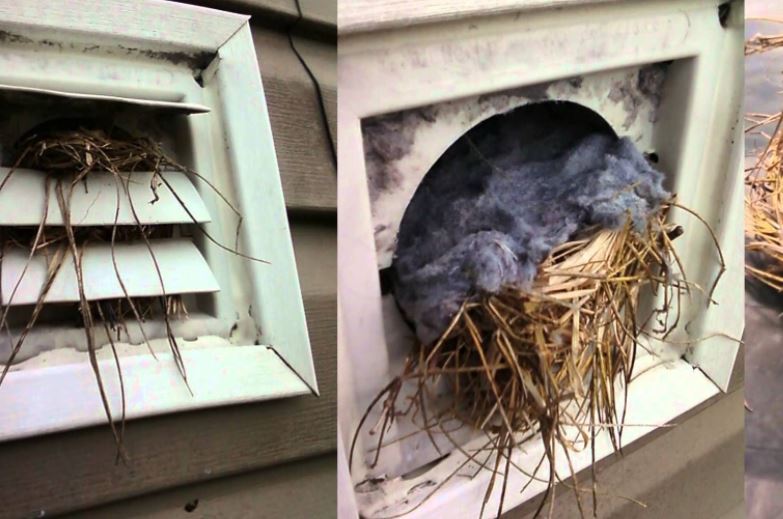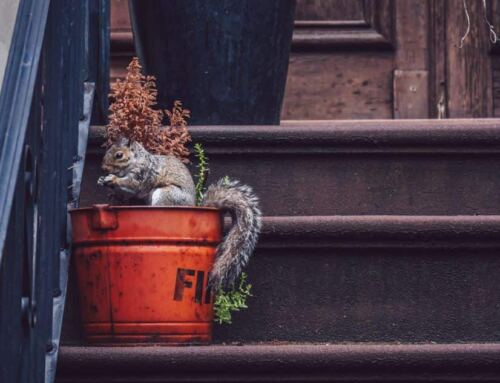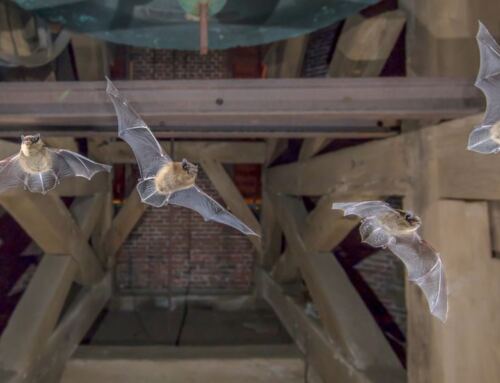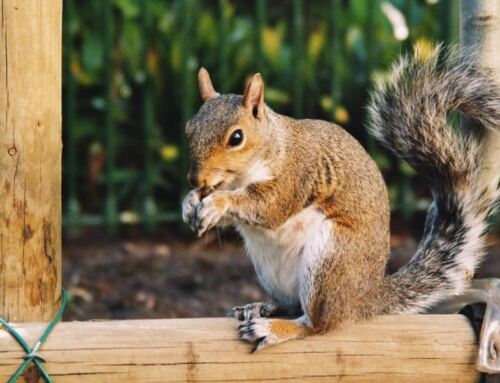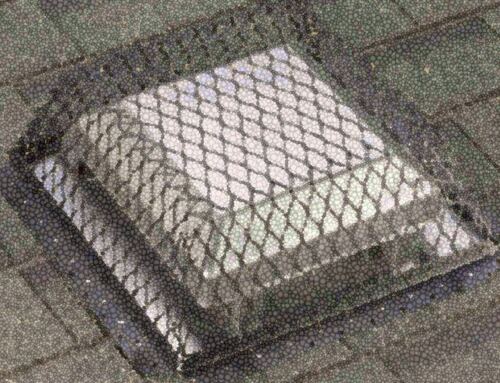To get rid of birds from your dryer vents, you need to get started now
The sweet chirp of birds can be a joy to listen to – unless the sound of their music is coming from the nest they’ve built in your dryer vent. Assuming you don’t want to stop using your dryer and instead, drip-dry your clothes from now on, you need to get rid of those birds in your dryer vent – and the sooner the better! Here’s how to do it and why you need to get on it asap.
If you bought your dryer with the intention of using it, you can’t do that if there’s a nest in there
A bird’s nest in your dryer vent will prevent the hot air from venting outside your house – and the build-up of heat that results can cause a fire.
If you notice a nest in your dryer vent, you might as well take a peek inside the vent from your stove exhaust fan, attic vents, and bathroom exhaust openings. If you notice nests in any of those, add them to your list of places where you’ll be evicting birds in the near future (because if you leave the birds in there, those vents will become blocked and won’t be able to function as intended).
How to get rid of birds in your dryer vent depends on what stage of the nesting cycle they’re at
The best time to get rid of birds in your dryer vent is before they lay eggs. If you find a nest at this stage, remove all the nesting materials promptly so they’ll get the hint and make their home elsewhere. Next, put a cover over the exterior of the vent that allows hot air to escape, but doesn’t allow birds to get in. Since lint sometimes builds up in these dryer exhaust vents, it’s also a good idea to make sure you can access the inside of the vent to clear out any lint build-up that may occur.
If there are eggs in your vent, or live babies, it’s best to let them grow up before you evict them. And please don’t blast them with heat by running your dryer while they’re in there! Sparrows are one type of bird that commonly nests inside small spaces like dryer vents. Their eggs take a little under two weeks to hatch, and their young take as little as three weeks to leave the nest for good after hatching. Check the vent daily to see what’s going on in there so you’ll know when the birds are “all grown up” and no longer require a home inside there.
If you’re in limbo while waiting for eggs to hatch or young birds to grow up, consider whether or not you can temporarily disconnect your dryer exhaust tube from the exterior vent and direct the hot air discharge elsewhere. Before doing this, contact your dryer manufacturer to check if this is okay to do with the type of dryer you own, as it may not be advisable with all models. If you do this, block the entry from the dryer vent to the interior of your home so the birds inside the vent can’t access your indoor living spaces (i.e. they can only get in and out of the vent via the outside wall of your home).
If you take the appropriate steps, these birds will be out of your dryer vent before you know it
Use the above tips to get started in making a plan to get rid of any birds that are nesting in your home’s exterior vents. If you’re not feeling 100% confident about taking on this project yourself, don’t forget that you can call a professional to do it for you – this will save you time and stress, plus ensure the job is done right.
Want to learn more about bird removal services? Live in the Burlington, Oakville and Milton area and have nuisance birds in your home? Contact Regional Wildlife Services today!

